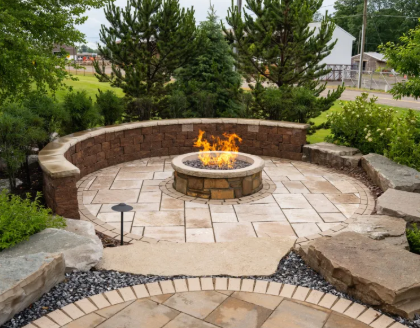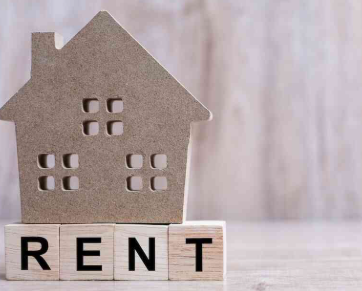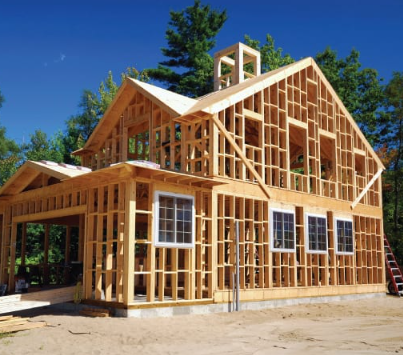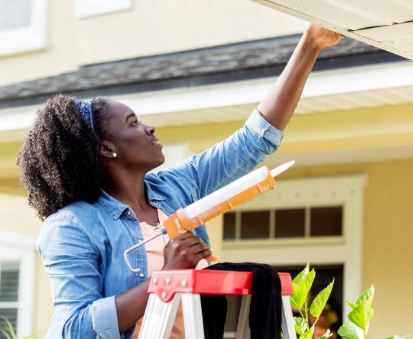If your AC is not cooling properly, before you call a technician, there are some basic checks you can perform yourself.
Understand the Common Causes of AC Not Cooling
One of the first steps in addressing an AC not cooling problem is understanding what might be causing it. Common issues include dirty filters, thermostat problems, refrigerant leaks, or blocked vents. Knowing these typical causes helps you identify if the problem is something simple you can fix or if it requires professional attention.
Check and Replace Air Filters Regularly
A dirty or clogged air filter is a frequent reason an air conditioner stops cooling effectively. When filters are blocked, airflow reduces, causing the unit to work harder without cooling the space properly. Inspect the air filter every month during heavy use and replace it if it looks dirty or clogged.
Inspect Your Thermostat Settings
Sometimes the issue lies in incorrect thermostat settings rather than the AC unit itself. Ensure your thermostat is set to “cool” mode and the temperature is set lower than the current room temperature. Also, check if the thermostat batteries need replacing or if it’s located where it might be affected by direct sunlight or heat sources, which can cause inaccurate readings.
Examine the Outdoor Unit and Clear Obstructions
The outdoor condenser unit plays a vital role in cooling your home. Debris such as leaves, dirt, or grass can accumulate around the unit, obstructing airflow and affecting performance. Carefully inspect the area around your outdoor unit and clear any obstructions to ensure proper ventilation.
Inspect Air Vents and Ductwork
Blocked or closed air vents inside your home can reduce cooling efficiency. Walk through your home and ensure that all vents are open and unblocked by furniture or curtains. Additionally, damaged or leaking ductwork can allow cooled air to escape, reducing the overall effectiveness of your AC.
Check for Ice Formation on the Coils
If you notice ice buildup on the evaporator coils or refrigerant lines, this could indicate low refrigerant levels or airflow issues. Ice restricts the AC’s ability to cool effectively. While defrosting the coils can temporarily help, persistent ice formation usually needs professional diagnosis and repair.
Listen for Unusual Noises
Strange sounds coming from your air conditioner, such as rattling, grinding, or hissing, can hint at mechanical issues like loose parts or refrigerant leaks. Paying attention to these noises before calling a technician can help describe the problem more clearly, potentially leading to quicker and more accurate repairs.
Perform a Basic Reset of Your AC System
Sometimes, an AC unit may stop cooling due to electrical issues or temporary faults. Turning off the AC and power at the circuit breaker for a few minutes, then restarting the system can reset internal controls and potentially resolve minor problems.
Know When to Call a Technician
If you have checked the filters, thermostat, vents, and outdoor unit but the AC is still not cooling properly, it is a good time to contact a professional. Complex issues like refrigerant leaks, electrical faults, or compressor problems require trained technicians with the right tools and expertise to diagnose and repair safely.
Prepare Information for the Technician
Before the technician arrives, gather useful information to help them diagnose the issue faster. Note when the problem started, any unusual sounds or smells, and what troubleshooting steps you have already taken. Clear access to the indoor and outdoor units will also help make the repair process more efficient.
Regular Maintenance Can Prevent Cooling Problems
While this article focuses on what to do when your AC is not cooling, regular maintenance is important to keep your system running smoothly. Scheduled inspections, cleaning, and timely repairs can reduce the chances of unexpected breakdowns and prolong the life of your air conditioner.
Summary
When your AC is not cooling, starting with simple checks like cleaning filters, adjusting thermostat settings, and clearing obstructions can save time and expense. If these steps do not resolve the issue, professional repair is usually necessary. Understanding what to do before calling a technician can help you communicate effectively and ensure your cooling system is restored efficiently.





